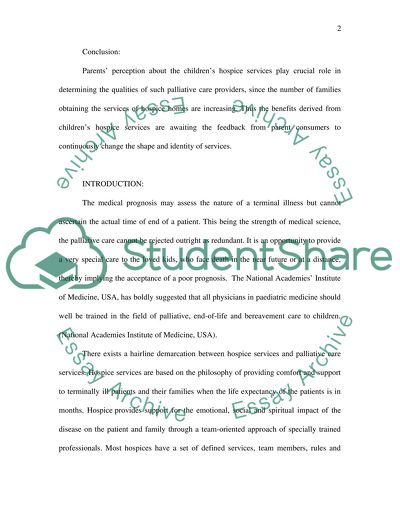Cite this document
(“What benefits does a childrens hospice service provide Essay”, n.d.)
What benefits does a childrens hospice service provide Essay. Retrieved from https://studentshare.org/miscellaneous/1507623-what-benefits-does-a-childrens-hospice-service-provide-a-critical-literature-review
What benefits does a childrens hospice service provide Essay. Retrieved from https://studentshare.org/miscellaneous/1507623-what-benefits-does-a-childrens-hospice-service-provide-a-critical-literature-review
(What Benefits Does a Childrens Hospice Service Provide Essay)
What Benefits Does a Childrens Hospice Service Provide Essay. https://studentshare.org/miscellaneous/1507623-what-benefits-does-a-childrens-hospice-service-provide-a-critical-literature-review.
What Benefits Does a Childrens Hospice Service Provide Essay. https://studentshare.org/miscellaneous/1507623-what-benefits-does-a-childrens-hospice-service-provide-a-critical-literature-review.
“What Benefits Does a Childrens Hospice Service Provide Essay”, n.d. https://studentshare.org/miscellaneous/1507623-what-benefits-does-a-childrens-hospice-service-provide-a-critical-literature-review.


